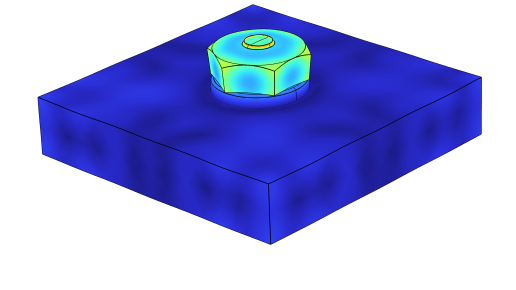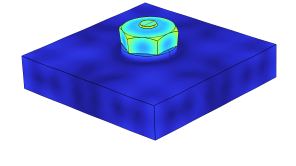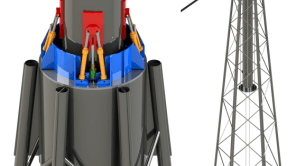Research
From sustainable load-bearing structures to intelligent condition monitoring - we are researching the steel construction of tomorrow.
We combine basic research with practical development and create solutions that take the entire life cycle of structures into account. The focus is on innovative methods in steel and composite construction as well as digital concepts for a sustainable construction industry.

Subject areas
Steel and steel composite construction
A key focus of our research is the development of sustainable construction and erection methods in steel and steel composite construction. The aim is to create resource-efficient solutions for load-bearing structures that offer high performance and durability even under changing requirements. The focus here is on service life predictions and targeted strengthening measures.
Structural monitoring and condition assessment
To ensure the safety and reliability of structures, we develop innovative concepts and processes for continuous condition analysis and monitoring. These include damage-based forecasting models and algorithms for extracting information from extensive measurement data. A central goal of our research is the extraction of damage-sensitive parameters from heterogeneous raw data, such as vibration spectra, impedance spectra or other sensor-based signals. These parameters serve as possible indicators for the early detection and assessment of structural changes. They make it possible to model complex relationships between external influences, material behavior and damage development on the basis of data and to integrate them into higher-level condition and service life models. In this way, we create the basis for proactive, condition-based maintenance and the digital management of condition information.
Metallurgy and technical physics
Our research in the field of metallurgy and technical physics includes the numerical analysis of multiphysical processes and the development of new measurement technologies. The focus is on the investigation of wave propagation in metallic structures and the generation and interpretation of electromechanical impedance spectra (EMI). This work provides a better understanding of material reactions under mechanical and thermal stresses and enables precise diagnoses of structural changes.

